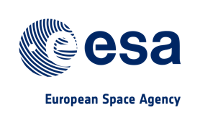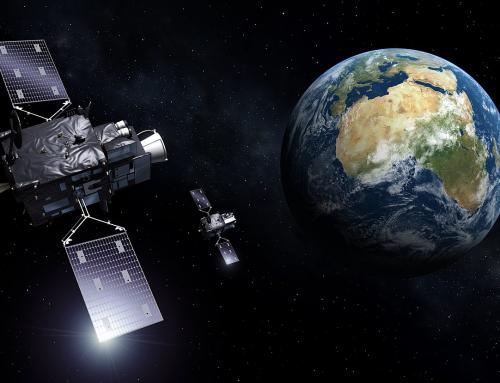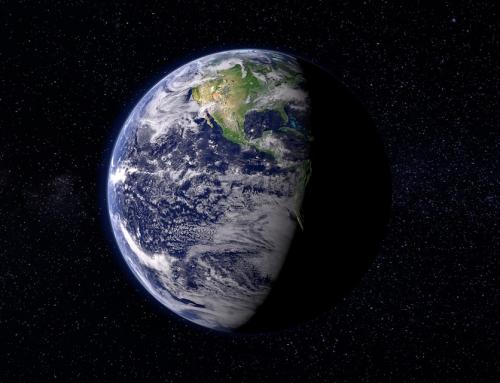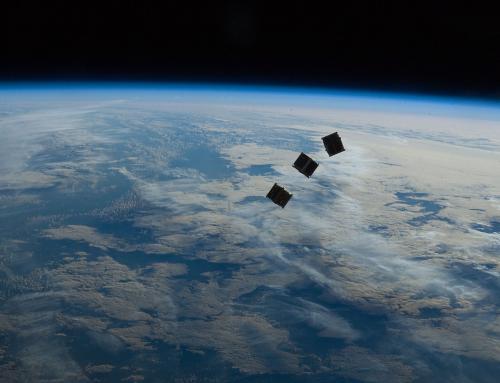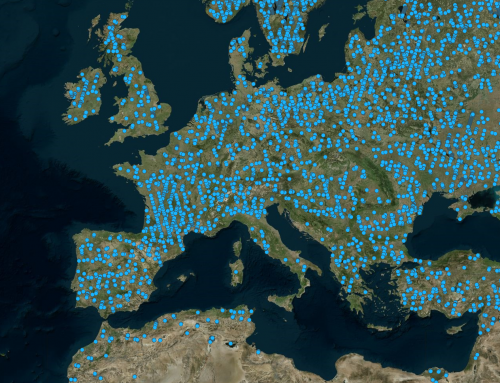Understanding of the carbon and water cycle of terrestrial ecosystems
In the frame of the ESA-TROPOSIF project, NOVELTIS is in charge of elaborating and validating a new SIF product from Sentinel-5p data and of its exploitation to improve global scale simulations of carbon and water cycles with a terrestrial biosphere model (data assimilation).
The terrestrial biosphere plays a key role for climate by offsetting about one fourth of carbon dioxide (CO2) emissions released by anthropogenic activities into the atmosphere. Terrestrial ecosystems assimilate CO2 in leaf chloroplasts by photosynthesis, but most of the assimilated carbon is released back into the atmosphere (mainly as CO2) through ecosystem respiration. Our ability to characterize the spatial and temporal variations of carbon uptakes by land surfaces remains largely uncertain, and hence our ability to anticipate possible evolutions of terrestrial ecosystem functioning under a changing climate.
.
.
During the past decade, space-borne estimates of solar-induced chlorophyll fluorescence (SIF) have opened-up new prospects to improve our knowledge of the global carbon cycles. SIF is an electromagnetic signal emitted by the chlorophyll a of assimilating plants: part of the energy absorbed by chlorophyll a which is not used for photosynthesis emitted at longer wavelengths as a two-peak spectrum roughly covering the 650–850 nm spectral range. SIF responds instantaneously to perturbations in environmental conditions, which makes it a direct proxy for photosynthetic activity. However, SIF emission in only a slight fraction of the radiation at the top of the canopy, which is mostly made of reflected light.
Estimation of SIF from space-borne instruments is made possible by spectrometers initially dedicated to atmosphere characterization (green house gazes and trace gazes) because they provide the necessary spectral and radiometric sensitivity (e.g. GOSAT, OCO-2, GOME-2, SCIAMACHY).
Despite the great success of these satellites, the exploitation of SIF measurements for most applications is however limited by their coarse spatial resolution and low number of observations.
These limitations could be largely alleviated by the data provided by the TROPOMI instrument on-board Sentinel-5p: this instrument combines a high spatial resolution (3.5 km x 7 km at nadir), a large swath, and a daily revisit frequency, which enables a quasi-continuous sampling of the spatial and temporal variations of SIF at the global scale. The measurements also have a high signal-to-noise ratio and cover a large spectral range. These characteristics constitute a significant improvement in terms of accuracy and number of data available daily compared to those provided by previous missions.
Despite the great success of these satellites, the exploitation of SIF measurements for most applications is however limited by their coarse spatial resolution and low number of observations.
These limitations could be largely alleviated by the data provided by the TROPOMI instrument on-board Sentinel-5p: this instrument combines a high spatial resolution (3.5 km x 7 km at nadir), a large swath, and a daily revisit frequency, which enables a quasi-continuous sampling of the spatial and temporal variations of SIF at the global scale. The measurements also have a high signal-to-noise ratio and cover a large spectral range. These characteristics constitute a significant improvement in terms of accuracy and number of data available daily compared to those provided by previous missions.
Understanding of the carbon and water cycle of terrestrial ecosystems
In the frame of the ESA-TROPOSIF project, NOVELTIS is in charge of elaborating and validating a new SIF product from Sentinel-5p data and of its exploitation to improve global scale simulations of carbon and water cycles with a terrestrial biosphere model (data assimilation).
Project details
The terrestrial biosphere plays a key role for climate by offsetting about one fourth of carbon dioxide (CO2) emissions released by anthropogenic activities into the atmosphere. Terrestrial ecosystems assimilate CO2 in leaf chloroplasts by photosynthesis, but most of the assimilated carbon is released back into the atmosphere (mainly as CO2) through ecosystem respiration. Our ability to characterize the spatial and temporal variations of carbon uptakes by land surfaces remains largely uncertain, and hence our ability to anticipate possible evolutions of terrestrial ecosystem functioning under a changing climate.
.
.
During the past decade, space-borne estimates of solar-induced chlorophyll fluorescence (SIF) have opened-up new prospects to improve our knowledge of the global carbon cycles. SIF is an electromagnetic signal emitted by the chlorophyll a of assimilating plants: part of the energy absorbed by chlorophyll a which is not used for photosynthesis emitted at longer wavelengths as a two-peak spectrum roughly covering the 650–850 nm spectral range. SIF responds instantaneously to perturbations in environmental conditions, which makes it a direct proxy for photosynthetic activity. However, SIF emission in only a slight fraction of the radiation at the top of the canopy, which is mostly made of reflected light.
Estimation of SIF from space-borne instruments is made possible by spectrometers initially dedicated to atmosphere characterization (green house gazes and trace gazes) because they provide the necessary spectral and radiometric sensitivity (e.g. GOSAT, OCO-2, GOME-2, SCIAMACHY).
Despite the great success of these satellites, the exploitation of SIF measurements for most applications is however limited by their coarse spatial resolution and low number of observations.
These limitations could be largely alleviated by the data provided by the TROPOMI instrument on-board Sentinel-5p: this instrument combines a high spatial resolution (3.5 km x 7 km at nadir), a large swath, and a daily revisit frequency, which enables a quasi-continuous sampling of the spatial and temporal variations of SIF at the global scale. The measurements also have a high signal-to-noise ratio and cover a large spectral range. These characteristics constitute a significant improvement in terms of accuracy and number of data available daily compared to those provided by previous missions.
Despite the great success of these satellites, the exploitation of SIF measurements for most applications is however limited by their coarse spatial resolution and low number of observations.
These limitations could be largely alleviated by the data provided by the TROPOMI instrument on-board Sentinel-5p: this instrument combines a high spatial resolution (3.5 km x 7 km at nadir), a large swath, and a daily revisit frequency, which enables a quasi-continuous sampling of the spatial and temporal variations of SIF at the global scale. The measurements also have a high signal-to-noise ratio and cover a large spectral range. These characteristics constitute a significant improvement in terms of accuracy and number of data available daily compared to those provided by previous missions.
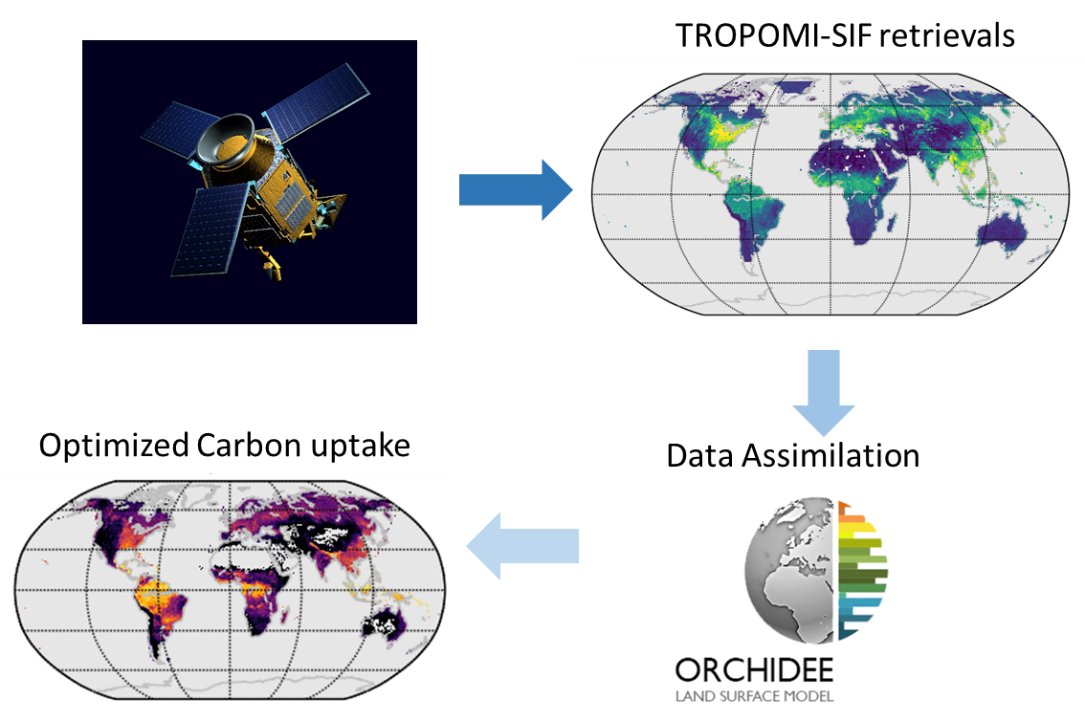
The main objective of this project consists in developing a retrieval algorithm for SIF in the near infrared (740 nm), which could be extended to the 675-775 nm spectral window of channels 5 and 6 of TROPOMI.
A secondary objective is the evaluation of the usefulness of TROPOMI-SIF data for improving our knowledge of the carbon and water cycles of terrestrial ecosystems.
Means used
Results
Client / Partner(s)
